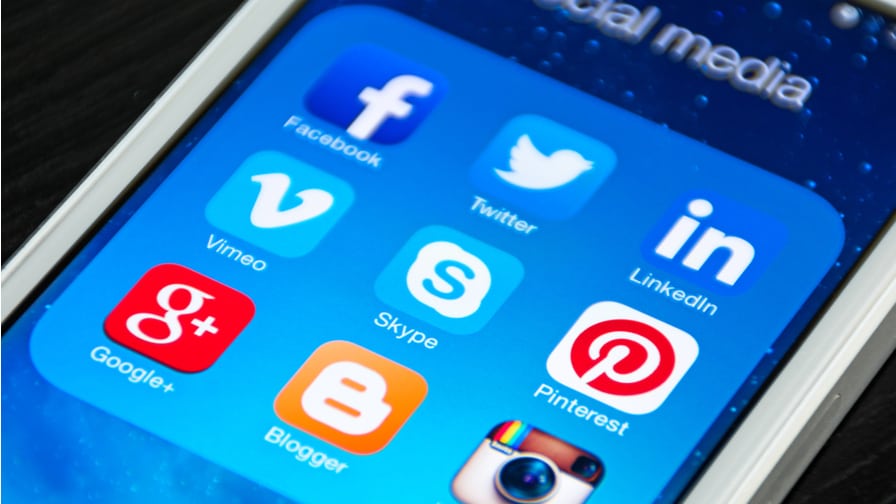
The social advertising ecosystem saw some interesting developments during 2017. Instagram (owned by Facebook) saw tremendous growth as an advertising channel since it made its business profiles available a year and a half ago.
The visually-driven network recently announced it had 25 million active business profiles and more than 2 million advertisers engaging with 800 million and monthly active users. Consumer appetite for image-based and authentic user-generated content – especially amongst Gen Z and Millennials – should drive continued advertising growth for Instagram into 2018.
Another item of note was Facebook’s announcement that it is ending the practice of “dark posts” – those ads that don’t show up in the advertiser’s timeline or in the organic news feeds of all of their followers. Opening up the black box of veiled ads will not only engender greater transparency within the social advertising ecosystem, I predict that it will open up a floodgate of advertising in 2018 as brands will now be able to see the total picture of what other brands are doing – driving up competition for share of voice.
As with all digital marketing and advertising channels, social media will continue to be judged heavily on performance metrics. Boosted posts (posts already in the brand’s feed that they put budget behind to increase reach) will largely remain judged by traditional engagement metrics including likes, comments, and shares.
For actual Facebook ads (ones that show up in the right hand side of a user’s feed) advertisers will increasingly focus less on reach, clicks and views and depend on more meaningful metrics such as impressions, frequency, leads, sales and the costs associated with those things (CPM, CPL, CPA) for campaigns focused on lead gen, sales, or awareness.
Another trend that will continue to take off in 2018 is the use of AI-powered technology and insights for social intelligence. Yes, there was a lot of hype and buzz this year around AI, and many companies jumped on the bandwagon to say they offered AI. Over the next year, the hype will die down and those companies that actually deliver some kind of real value from the use of AI will be the ones left standing.
There were six key areas of social media marketing I identified as being impacted the most by AI including content creation, consumer intelligence, customer service, influencer marketing, content optimisation, and competitive intelligence. These areas will continue to be changed and improved by AI (while still being supported by human level analysis) and hold great promise for enabling marketers to deal with huge amounts of data in ways never before possible.

